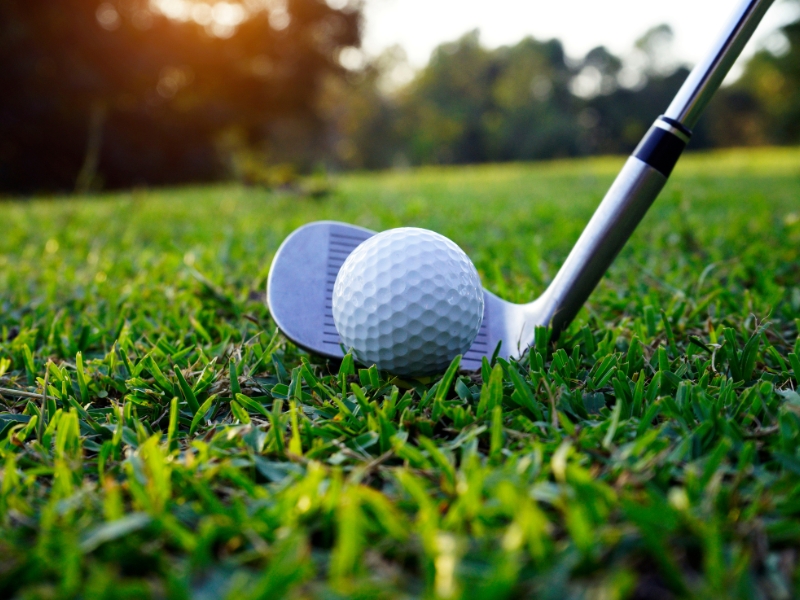Attack angle: The angle of descent(-)/ascent(+) of the club in regards to the ground as it approaches the ball. It indicates whether you are hitting the ball while the club is on the way down or on the way up and by how much.
When the attack angle is negative, the club is descending as you hit the ball. When the attack angle is positive, the club is ascending as you hit the ball.
If the attack angle is 0 degrees, the golf club is moving exactly parallel to the ground at the moment of impact.
The Importance of the Attack Angle
The Attack Angle is one of the most important parameters if you are looking to improve your ball striking, especially with your irons.
With the irons, make sure your attack angle is consistently negative. This way you will make sure to hit the ball first and then the ground.
The Attack Angle has a big impact on your spin rate. (Higher Attack Angle = Less Spin). For the driver, increasing your attack angle will increase your roll distance.
Read more about decreasing your spin here.
How can I change my attack angle:
Ball position. The ball position will determine whether you hit the ball on the way up or on the way down. Positioning the ball behind your swing’s lowest point will result in a negative attack angle. Vice versa, positioning the ball in front of your swing’s lowest point, will result in a positive attack angle.
Verticality of the swing plane. The more vertical the swing is, the bigger impact the ball’s position will have on the attack angle.
A vertical swing plane implies having a bigger change of direction vertically (attack angle) and a smaller change horizontally (club path) throughout the swing. A horizontal swing plane implies having a bigger change of direction horizontally (club path) and a smaller change vertically (attack angle).







